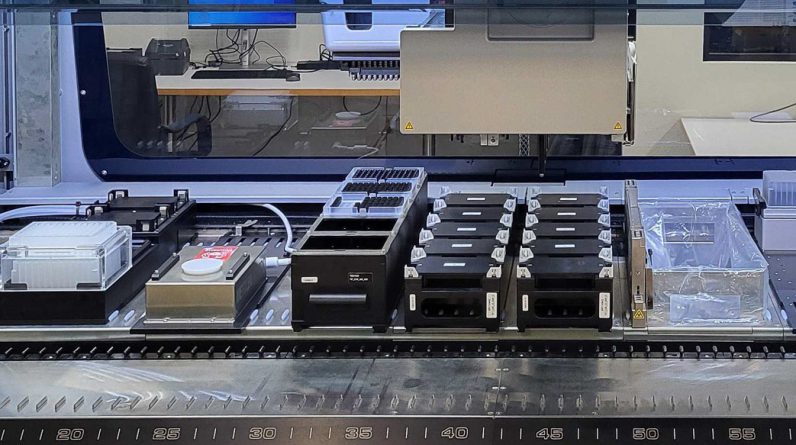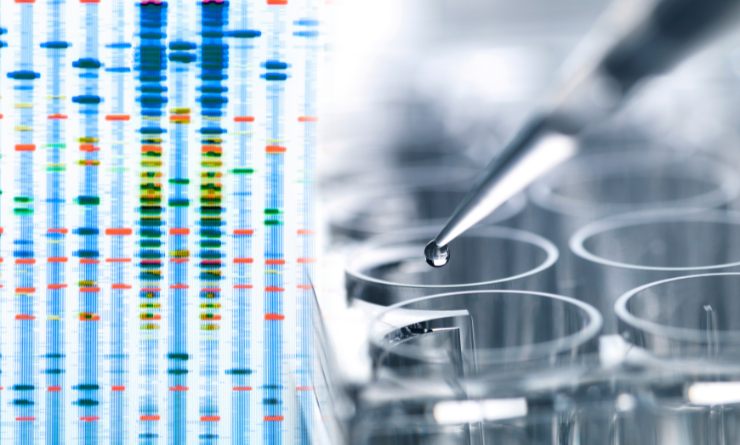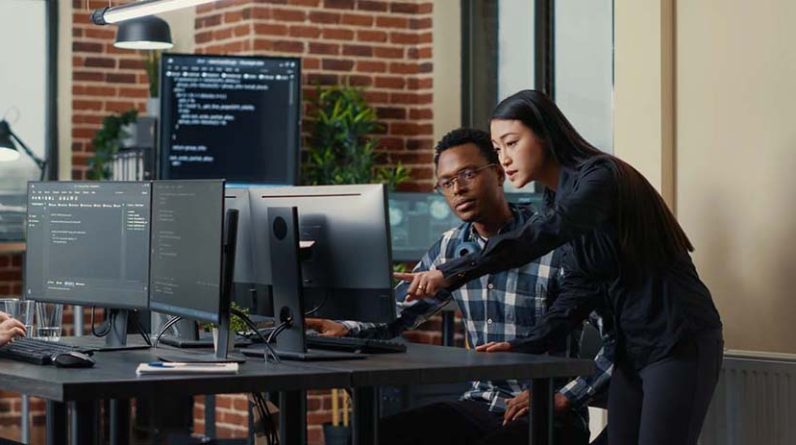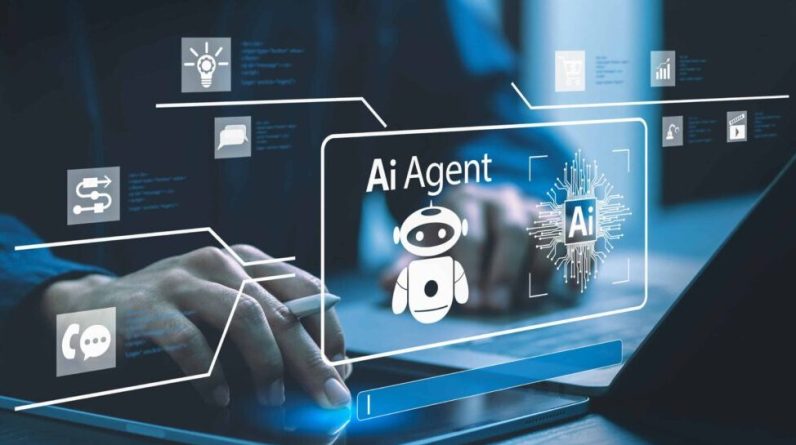
With artificial intelligence, scientists can design increasingly complex small molecule structures. Automation is critical for transforming these compounds from designs on a screen into actual molecules that can be tested and hopefully developed into new treatments and therapies. This is where DeepCure hopes to make a difference with Inspired Chemistry, its newly minted automated synthesis platform for drug discovery.
Earlier this week, the company shared the results of a proof-of-concept study using the platform that focused on synthesizing the protease inhibitor nirmatrelvir (Paxlovid) and designing and synthesizing an additional 56 analogs of the drug. They claimed that the synthesis yielded 30 mg of the correct stereoisomer of Paxlovid at 98% purity, and the 56 analogs at 1 mg scale. According to the company, these capabilities are ideal for drug discovery programs that need to rapidly generate diverse and complex chemical matter from a hit or to explore a large chemical space around a lead molecule.
“We are in a new golden age for drug discovery with exciting opportunities to identify small molecules for novel mechanisms and target classes,” said DeepCure’s CEO Kfir Schreiber. “Automated synthesis is imperative to quickly and cost-effectively test thousands of molecules to explore diverse chemical spaces, understand new structure-activity relationships, and optimize efficacy and safety.”
But applying automated synthesis to drug discovery is just one potential use case for Inspired Chemistry. According to Thras Karydis, DeepCure’s CTO, the technology could be used in a range of other applications “from OLED displays to safer household and agricultural products.”
Automated synthesis using AI and robots
Headquartered in Boston, DeepCure was founded in 2018 by scientists from the Massachusetts Institute of Technology to develop an AI platform that could identify new drugs for difficult targets in inflammation and autoimmune disease. Early on, they realized that one of the barriers to reaping the full benefits of AI-based drug discovery was actually people.
For multi-step synthesis projects, many in the drug discovery community still rely on some manual synthesis to generate compounds, Karydis said in an interview with GEN. As AI becomes more entrenched in the discovery process, this is not scalable. AI-based solutions can generate hundreds of designs, but scientists may only be able to synthesize a handful of them manually, leading them to prioritize the easiest ones rather than perhaps the most efficacious.
Thras Karydis, CTO, DeepCure [DeepCure]As a young startup intending to develop its own pipeline of AI-designed drugs, “we [had] to build a solution that worked for us,” Karydis explained. Inspired Chemistry is able to synthesize molecules “that can drive forward our internal discovery programs.”
Under the hood, Inspired Chemistry combines techniques from chemistry automation, software, and process design. In addition to AI-based software for designing small molecules, the platform incorporates off-the-shelf instruments and robots used in drug discovery workflows including liquid handlers, MS-triggered purification instruments, decappers, shakers, and more.
Inspired Chemistry can currently run about 28 different types of reactions, Karydis said. “We’ve also built a process called automated reaction development, which allows us to identify the right conditions to synthesize these molecules.” The company is also collecting data on the optimal conditions for drug synthesis reactions. “The fact that we’re doing this with robots allows us to generate consistent data for each reaction type and start building a database that we can use to train models to optimize the reaction conditions.”
The output of the system is a list of small molecules that can be tested in various assays. It’s important to note that “this is not another combinatorial chemistry [solution] or attempt at creating throughput [while] sacrificing chemical diversity,” he said. Paxlovid was the perfect test solution for the proof-of-concept study because it features six chiral centers and requires 10 synthesis steps including five steps of purification.
Karydis believes the automated chemistry approach that DeepCure’s platform sets the company apart from others in the increasingly saturated AI-based drug discovery market. “Chemistry is one of the biggest bottlenecks for that,” he said. In his view, other AI drug discovery companies could benefit from applying automated chemistry to their drug programs and “we’re really open to solving this issue collaboratively.”
Successfully synthesizing Paxlovid and its analogs demonstrates DeepCure’s ability to deliver complex compounds using a fully automated process. “It’s a very challenging thing generally to synthesize multiple steps, which is very important for [making molecules] big enough to be drug-like, and not just simple starting points. We’re able to make a molecule that’s quite complex.”
In addition to furthering its own drug discovery goals, over the next 6–12 months, DeepCure plans to work with early access partners who are interested in putting Inspired Chemistry through its paces from the company’s facility in San Diego. “We’re focusing on identifying partners either from biotech or pharma or even academia [that] are pushing the boundary of chemistry research,” Karydis said. The company is also filing multiple patent applications to protect various aspects of its platform including the software and processes they use.
And the company is continuing to add new capabilities to Inspired Chemistry including additional types of synthesis reactions. DeepCure hopes to be able to run up to 100 reactions by the end of 2024. They are also tightening the integration between the software and instruments.







